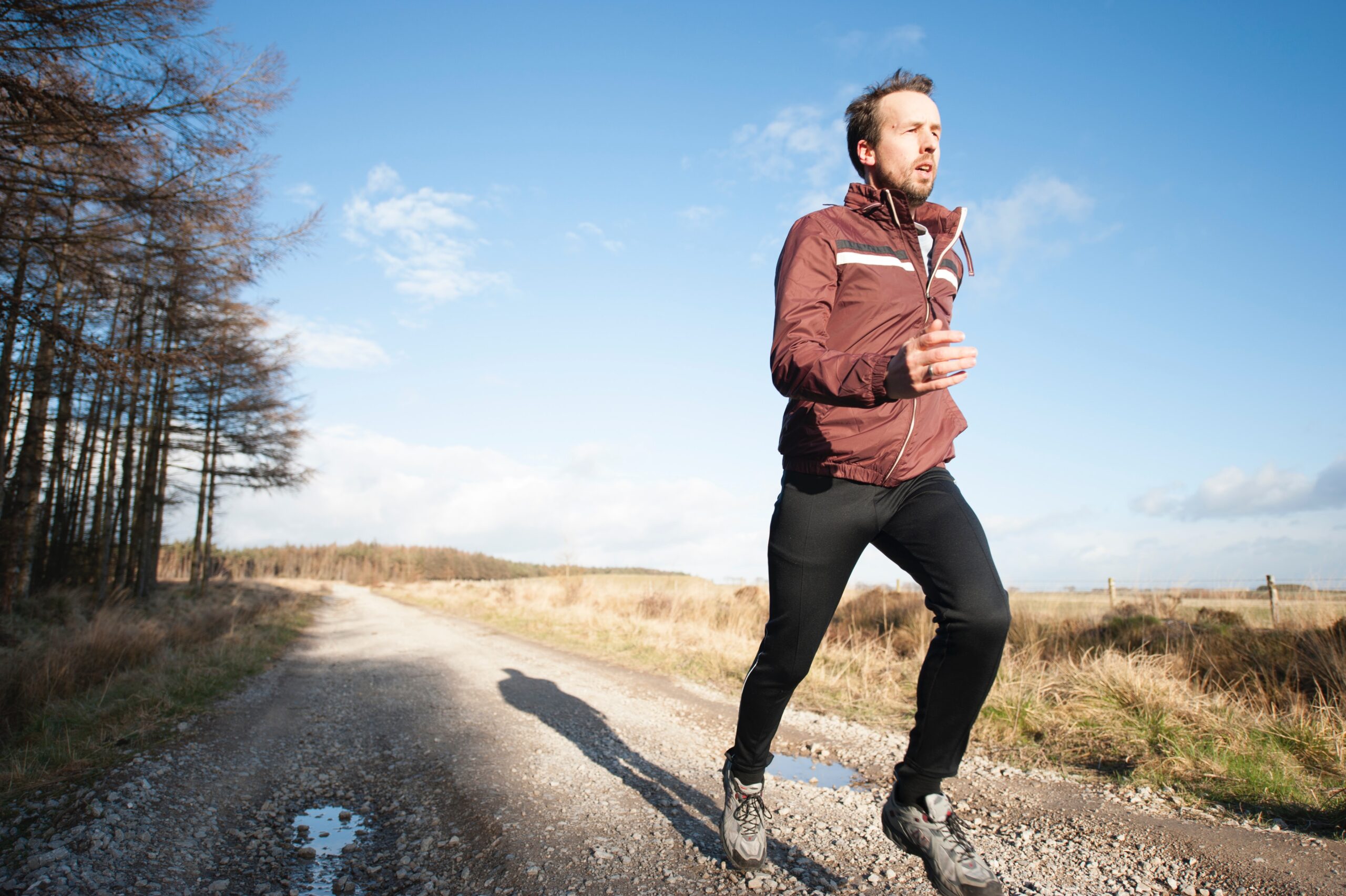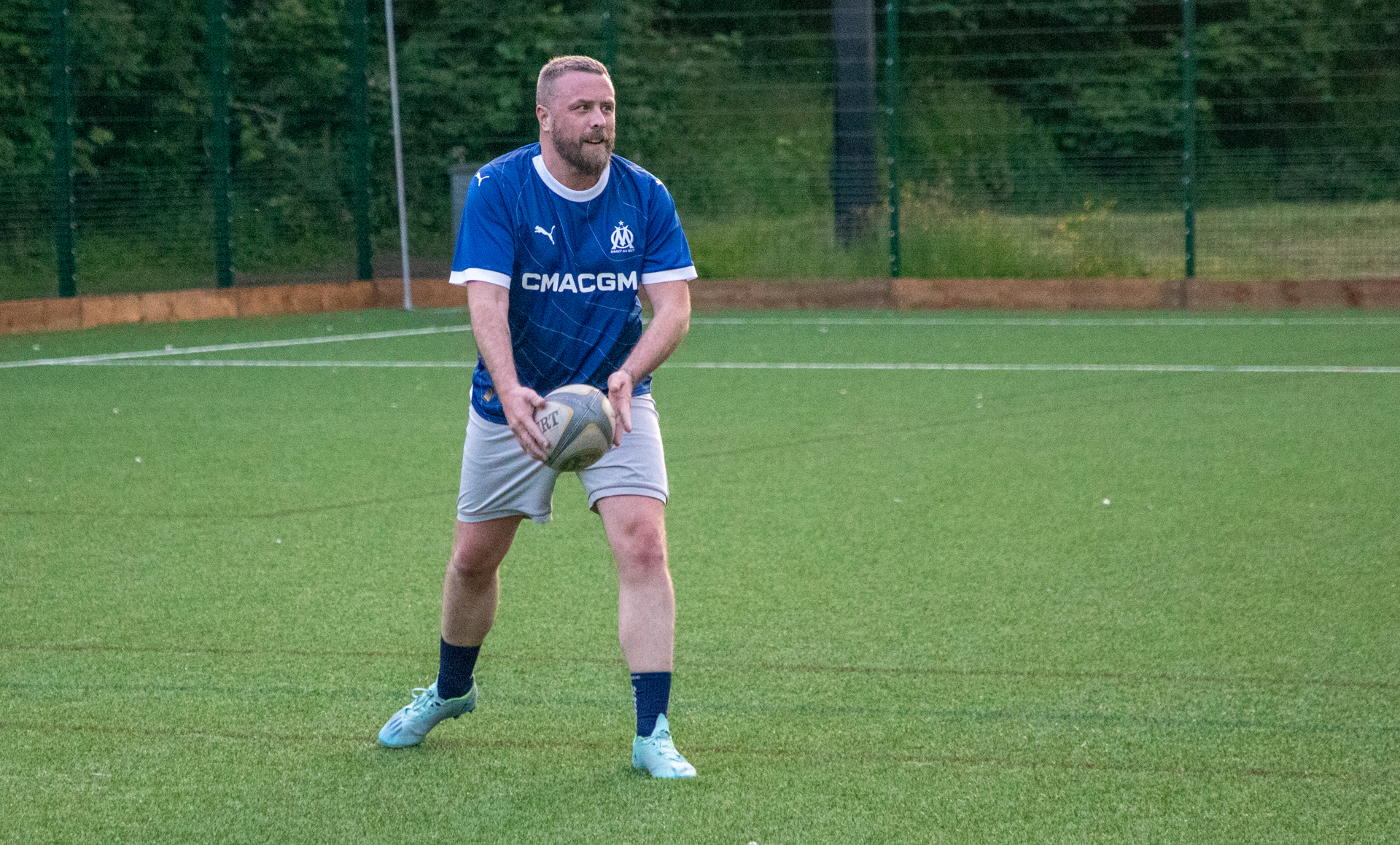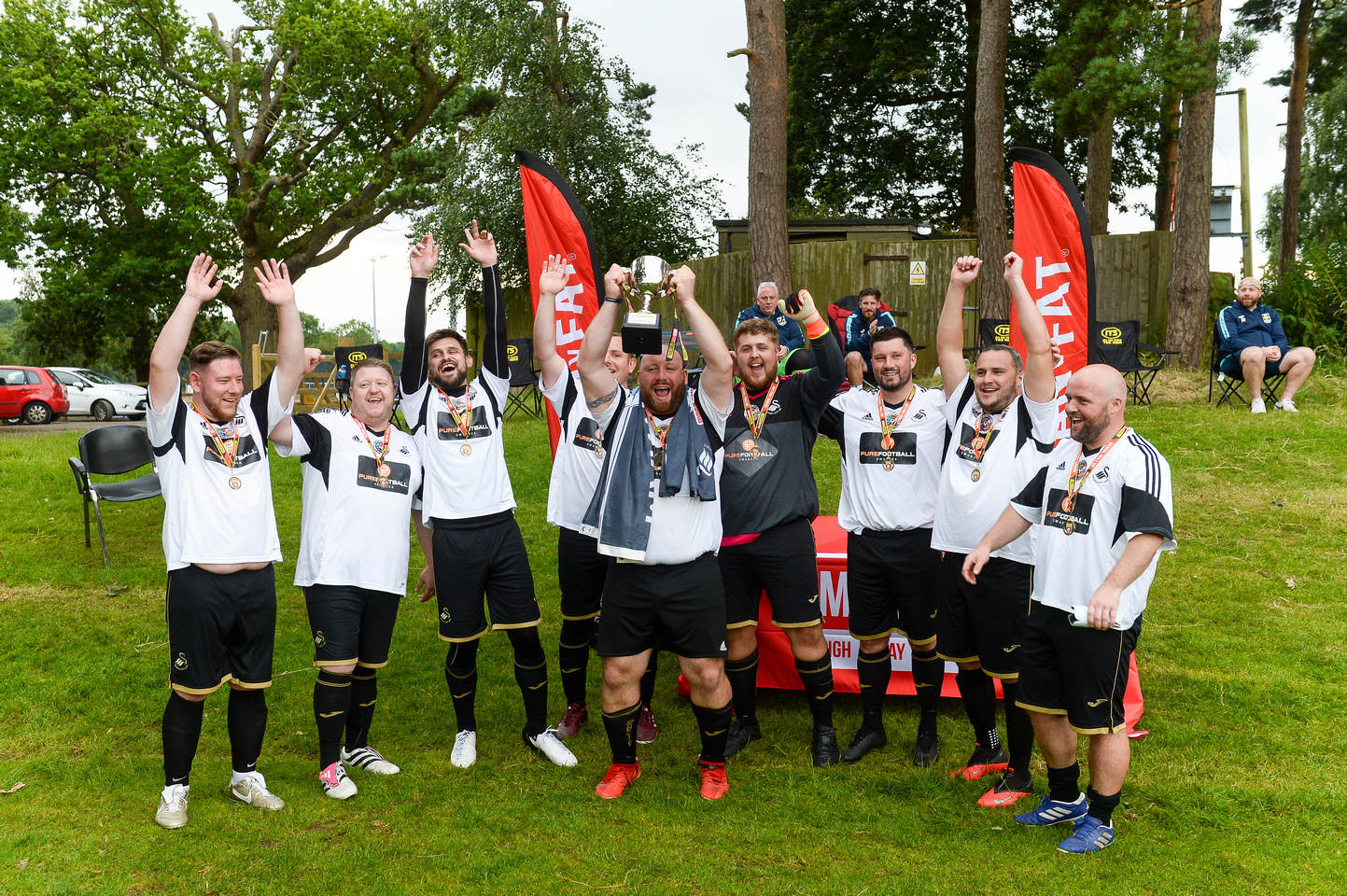It‘s easy to fall into a routine with your running and not really think about changing things up, but this could mean you’re missing out on valuable opportunities to improve. While there‘s plenty you can do mid-run, did you know that you can also boost your technique off the track? We spoke to top training specialist Ben Bulach from Freeletics, the world’s leading fitness app, and we got him to share his tips on how you can run further, faster and longer.
DROP THE TENSION
You probably expect that any pain you feel from running will be in your lower body, but that‘s not always the case. Pounding the pavement can also cause discomfort in your neck and shoulders, which can make your run feel twice as hard. The best way to cure this tension is to prevent it in the first place. For starters, check your posture when you‘re sitting at your desk – odds are that you‘re sitting hunched over, which can be dangerous to your health and damage your body in the long run. Also, don‘t be afraid to switch up your sleeping position. Snoozing on your stomach strains the neck‘s vertebrae, so instead, move on to your side or your back to give your muscles a much-needed break.
CAFFEINATE
Your morning cup of tea or coffee doesn‘t just give you a boost for the office – it‘s also a great way to energise your run. Drinking a caffeinated beverage first thing in the morning can help fuel your best performance, so you‘ll be faster and stronger, plus more alert, energetic, and attentive. Caffeine can also give you that necessary energy kick you need at the crucial point of your workout to keep exhaustion at bay.
FUEL YOURSELF
There‘s nothing worse than feeling completely drained of energy mid-run, but this can be avoided by fuelling yourself with the right foods beforehand. Food high in complex carbs (think porridge and whole grain pasta) is a great choice since it raises your glycogen levels, which provide energy and delays the onset of fatigue. Carb loading is particularly important in marathon training. When your body‘s carbohydrate stores are depleted, it turns to using muscle for energy, which slows you down.
WALK LIKE A RUNNER
Treat every step you take as an opportunity to improve your running technique. When you walk, try to get an awareness of how your foot hits the ground. Avoid striking the pavement heel-first as this can cause back and knee pain. Instead, focus on landing on your forefoot, allowing your muscles to catch the weight of your body and reducing the impact on joints and bones when you land. Where your foot lands in relation to the rest of your body is also something to keep in mind. Ideally, your foot should make contact with the ground directly underneath your body, rather than far out in front of it. When there‘s a straight line from your hips to where your foot lands, it reduces the impact on your legs and cuts your risk of injury.
PRIORITISE SLEEP
If you‘re an early morning runner, clocking in early to bed is absolutely essential. Apart from improving performance, being well-rested can reduce inflammation and speed up the healing time when you‘re injured. But sleep (or lack of) doesn‘t just influence your body, it also has a huge impact on your mind. Motivation is directly linked to how well rested you are, so if you make sleep a priority, you‘ll be more likely to stick to your goals.

CATCH YOUR BREATH
Breathing seems pretty straightforward, however, the only time it becomes difficult is at the end of a run, when we find ourselves huffing and puffing to finish the last few hundred metres. That’s because improper breathing is the number one mistake made by beginner and intermediate runners. The good news is that anyone can improve their breathing with some basic awareness. Every day, try focusing on your breathing at least twice. A great technique is to put one hand on your chest and the other on your abdominal area, taking deep breaths for 1-2 minutes. Make sure you spend as much time on the exhale as on the inhale – as many athletes tend to inhale deeper which prevents your body from expelling all the CO2 in your lungs. The more you practice your breathing, the greater control you‘ll have over it in the long run.
STRETCH IT OUT
Stretching every morning will help safeguard your most-used running muscles from injury. Regular stretching increases flexibility and range of motion, which allows for a longer stride and better circulation. Focus on stretching your glutes, quads, hamstrings and calf muscles. Here are some stretches you can try:
Quadriceps
- Stand upright and pull your leg behind you with the corresponding hand.
- Tuck your pelvis and pull your shin toward your thigh.
- Keep your knee pointing downward as you do this stretch to protect your knee joint.
- Hold for at least 30 seconds, then switch legs.
Hamstrings
- Sit on the ground and extend your left leg.
- Move your right foot toward your inner thigh, so that it touches the top part of your left leg, if possible.
- Lean forward, bending but not rounding your back and waist toward the left foot as if reaching for your toes.
- Hold for at least 30 seconds.
- Repeat with the other leg.
Calf
- Stand with your right foot behind your left.
- Bend your left leg forward while keeping your right leg straight.
- Be sure not to bend the right knee and to keep your right foot firmly on the ground, pointing straight ahead.
- Straighten your back and hold the pose for at least 30 seconds.
- Repeat with the other leg.
Gluteal muscles
- Lie on your back with knees bent and feet flat on the floor.
- Cross your right ankle over your left knee.
- Grab behind your left knee and bring your leg toward your chest.
- Hold for at least 30 seconds, then switch sides.
It can seem like a bit of a faff, but if you make stretching part of your daily routine, you’ll soon see improvements in your running.




